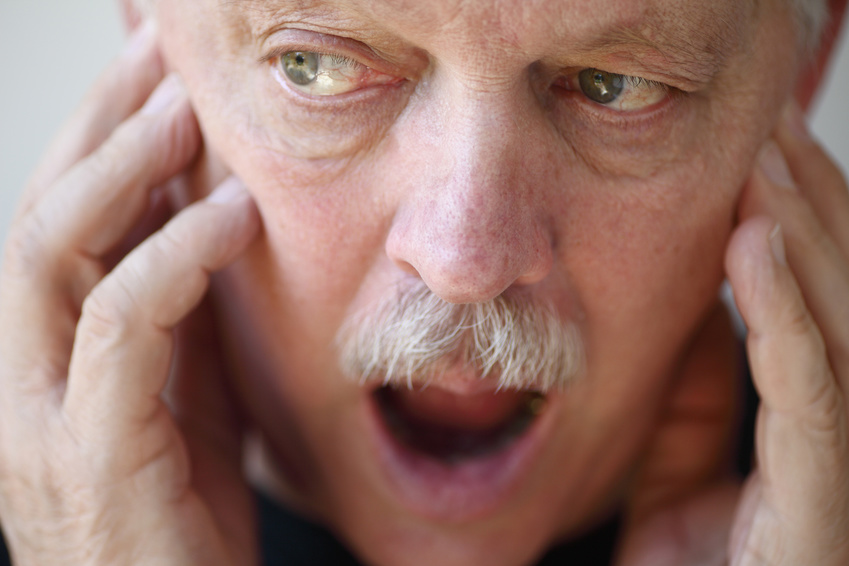1. Posture
If your posture is out of balance or alignment, it can adversely impact your jaw, neck, and head. You need to address your posture in sitting, standing and sleeping. Try sleeping on your back. You could benefit from seeing a specialized orthopedic physical therapist to help you evaluate your posture and alignment. Take breaks while at the computer or desk and squeeze your shoulder blades back and perform gentle neck stretching.
2. Tongue
If your tongue works and rests correctly, it can help you separate your teeth and relax your jaw. Place your tongue on the roof of your mouth like you’re making an “N” sound and keep your teeth apart. Remember, if your teeth are touching, you’re clenching.
3. Teeth Apart
Your teeth should only touch momentarily when you swallow in the back. Remember, if your teeth are touching, you’re clenching.
4. Calm Your Muscles and Your Mind
Tight and tender muscles are one of the biggest contributors to headaches, neck pain, and jaw disorders. Muscles can even cause headaches, ear pain, dizziness, ringing in the ear, and even tooth pain (along with jaw pain!). It is critical you gain a better understanding of what irritates and relaxes your muscles. Our minds and physical bodies are intricately connected. Mental stress and a nervous system that is stuck in high gear must also be managed.
5. Avoid Extra Pressure on Your Jaws
Overuse and abuse of your joints, including your jaws, can wear them down. Hurtful habits like sleeping on your stomach, resting your chin on your hand, holding the phone to your shoulder, biting your nails, chewing gums are only a few of the ways we unwittingly wear down our joints. As you learn to replace harmful habits with healthy ones, you can set the stage for better health and wellness.
For any questions or to speak with a TMJ specialist, contact one of our four locations.

